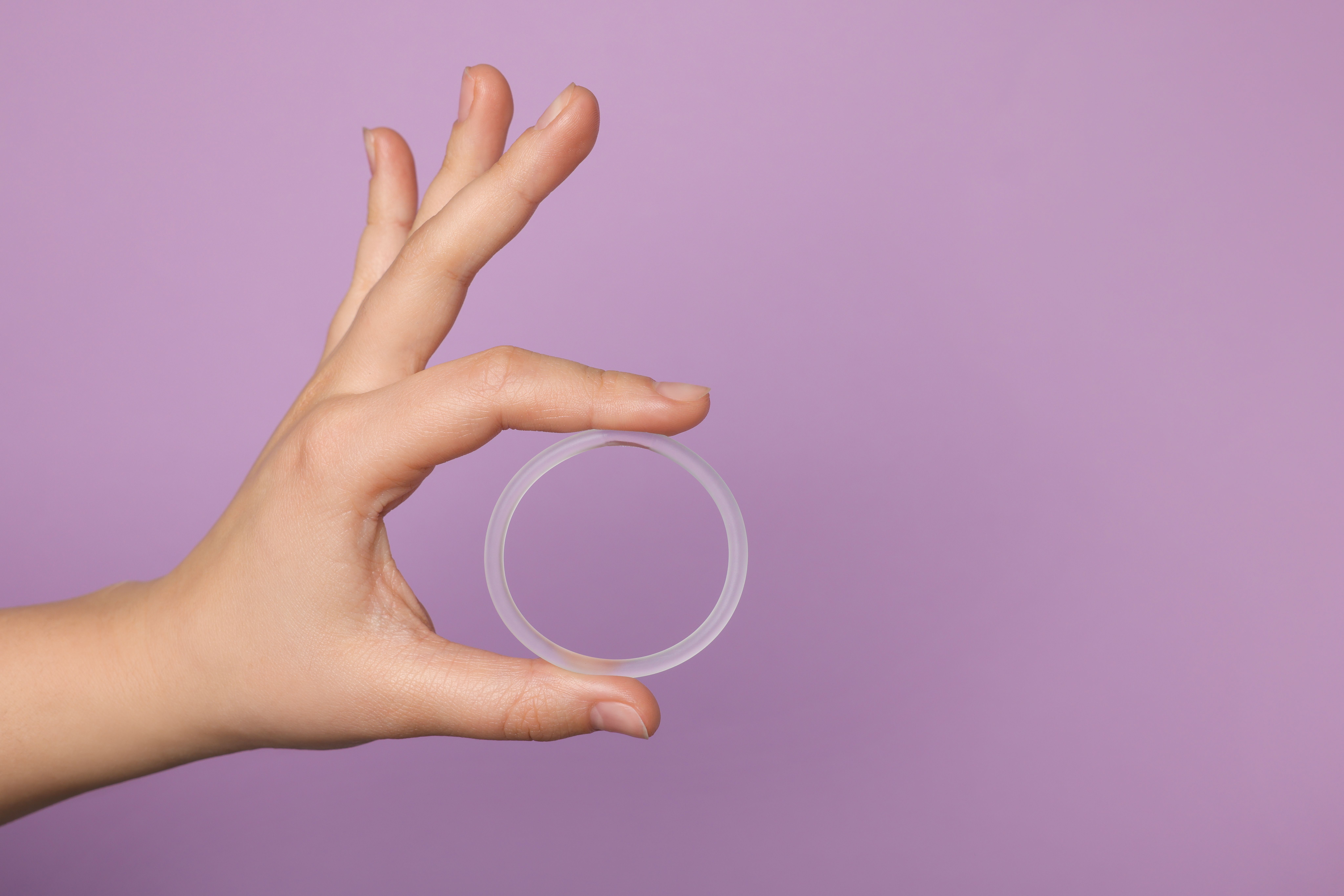Pessaries in patients with prolapse symptoms
At the 2023 ACOG Annual Clinical & Scientific Meeting, the efficacy and satisfaction rates of pessaries in patients with prolapse symptoms were discussed.
Pessaries in patients with prolapse symptoms | Image Credit: © New Africa - © New Africa - stock.adobe.com.

Pessaries should be used before surgery in patients with prolapse symptoms, according to a presentation by Michael D Vardy, MD, FACOG, FPMRS; and Woojin Chong, MD, FACOG, FPMRS, at the 2023 American Academy of Obstetricians and Gynecologists Annual Clinical & Scientific Meeting.
Pessary trials are a non-surgical option for treating prolapse symptoms. In general, non-surgical options are preferred over surgical options. The risk of using a pessary is low, and patients will experience improved prolapse symptoms immediately, including the most distressing urinary symptoms. Studies have reported 28% of patients use pessary trials long-term, avoiding surgery.
Risks of surgery include anesthesia, vascular, infectious, neurologic, and dyspareunia risks. Surgery is also associated with a 4% to 50% recurrence rate of prolapse depending on the approach used.
Myths surrounding pessaries have prevented further use. These myths include a pessary not being appropriate for sexually active women, only being for older women, and causing infections. However, studies have indicated positive satisfaction and symptom results, with 92% of patients in one study indicating satisfaction with pessaries.
Pessaries can be used for cystocele, rectocele, uterine prolapse, post hysterectomy vaginal vault prolapse, stress urinary incontinence (SUI), and pre-operative assessment of prolapse reduction’s urinary effect. Contraindications include active pelvis or vagina infection, latex sensitivity or allergy, vaginal mesh erosion, and medical or social factors causing pessary neglect.
The most common pessary is a ring with support, with a diameter of about 2 to 5 inches. It is made entirely of silicone and is easy to insert, remove, and clean. If patients find the ring to be uncomfortable, it will be removed and replaced with a different size until a comfortable one is found.
Other support pessaries include rings without support, Gehrung, and Shaatz. Continence pessaries are also available and compress the urethra to treat Stress Incontinence.
When a ring with support will not retain, a space filling pessary such as Gellhorn may be used. Gellhorn is most effective in patients post hysterectomy and will remain inserted easier but is more difficult to self-manage. It is most useful in older patients. Other space filling pessaries include donuts, cubes, Tndem-cubes, and inflatoballs.
Lever support pessaries are also being studied. However, there is limited data on cervical improvement from these pessaries, and a metal wire in this product requires removal for x-rays or other scans.
Patients using pessaries should be careful they do not fall out, especially when using the bathroom. Pessaries should not be flushed.
Pessaries should be available for all patients with urinary incontinence symptoms but are most often continued in patients who are older, a poor surgical candidate, have concomitant vaginal use or pelvic floor physical therapy, or use a support pessary.
Continued pessary use is less likely in patients with previous vaginal surgery, sexual activity, occult SUI, desire for surgery, or stage 3 or stage 4 posterior vaginal wall prolapse. One study found occult SUI in 21% of patients and associated occult SUI with increased risk of discontinuation.
Before fitting a pessary, providers should ensure patients feel comfortable and are able to void with pessary in-situ. During fitting, the patient’s bladder should be empty, size should be estimated using digital examination, and the pessary type should be determined based on patient needs and activity level.
Providers should use dry gloves and water-soluble lubricant when fitting, pushing the pessary behind the pubic symphysis. The patient should Valsalva to achieve proper positioning.
Some further tricks offered included removing air with a syringe to decompress a donut pessary and using a cut-in-situ to protect the vagina with an incarcerated pessary. Sterilization should also be tracked, including the sterilization technique used.
Higher success rates of pessaries have been found in patients using support pessaries and postmenopausal patients using vaginal estrogen. Patients with prior vaginal surgery have seen lower success rates. In one study, 27% of patients underwent surgery at 1 year, with reasons including sexual activity, SUI, desire for surgery, and stage 3 or 4 posterior vaginal wall prolapse.
Pessary failures mostly occur within 4 weeks. Discontinuation has been associated with pessary expulsion, pain or discomfort, excoriation or bleeding, and constipation.
Overall, effectiveness in relieving symptoms has been found from pessary use. There are new methods of pessary use being researched for the future, making it a continued viable option for temporary or long-term treatment.
Reference
Vardy MD & Chong W. The misunderstood vaginal pessary – an essential tool of the Urogynecology Office. Presented at: 2023 Annual Clinical & Scientific Meeting. May 19-21. Baltimore, Maryland.

